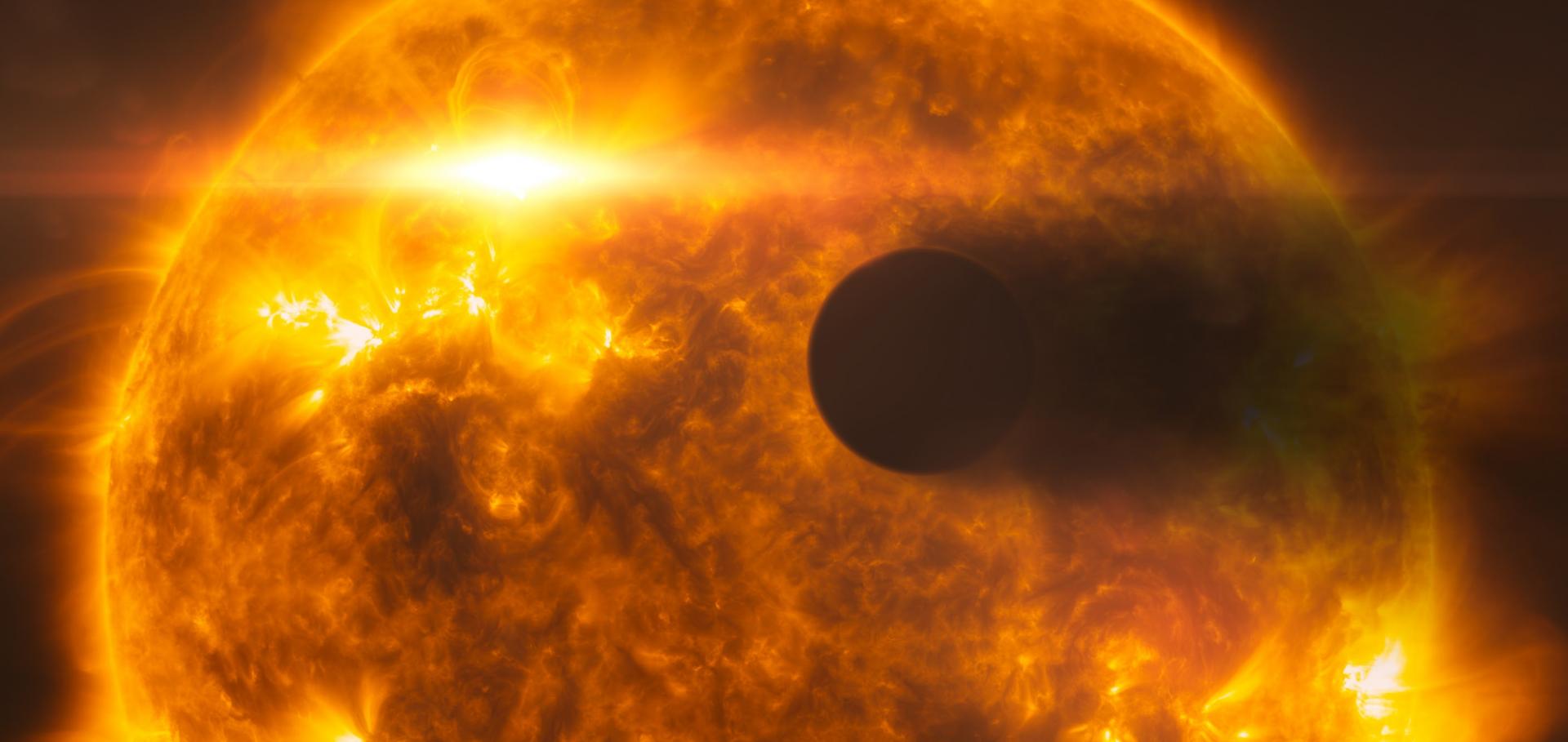Hubble Space Telescope transmission spectroscopy of the exoplanet HD189733b: High-altitude atmospheric haze in the optical and near-ultraviolet with STIS
Monthly Notices of the Royal Astronomical Society (2011)
Transiting exoplanets from the CoRoT space mission Resolving the nature of transit candidates for the LRa03 and SRa03 fields
Astrophysics and Space Science (2011) 1-19
A new look at NICMOS transmission spectroscopy: no conclusive evidence for molecular features
(2010)
ASTEP South: An Antarctic Search for Transiting ExoPlanets around the celestial south pole
Astronomy and Astrophysics 511:1 (2010)
Abstract:
Context: The Concordia base in Dome C, Antarctica, is an extremely promising site for photometric astronomy due to the 3-month long night during the Antarctic winter, favorable weather conditions, and low scintillation. Aims: The ASTEP project (Antarctic Search for Transiting ExoPlanets) is a pilot project to discover transiting planets and understand the limits of visible photometry from the Concordia site. Methods: ASTEP South is the first phase of the ASTEP project. The instrument is a fixed 10 cm refractor with a 4k × 4k CCD camera in a thermalized box, pointing continuously a 3.88 × 3.88°2 field of view centered on the celestial south pole. We describe the project and report results of a preliminary data analysis. Results: ASTEP South became fully functional in June 2008 and obtained 1592 hours of data during the 2008 Antarctic winter. The data are of good quality but the analysis has to account for changes in the PSF (point spread function) due to rapid ground seeing variations and instrumental effects. The pointing direction is stable within 10 arcsec on a daily timescale and drifts by only 34 arcsec in 50 days. A truly continuous photometry of bright stars is possible in June (the noon sky background peaks at a magnitude R ≈ 15 arcsec-2 on June 22), but becomes challenging in July (the noon sky background magnitude is R ≈ 12.5 arcsec-2 on July 20). The weather conditions are estimated from the number of stars detected in the field. For the 2008 winter, the statistics are between 56.3% and 68.4% of excellent weather, 17.9% to 30% of veiled weather (when the probable presence of thin clouds implies a lower number of detected stars) and 13.7% of bad weather. Using these results in a probabilistic analysis of transit detection, we show that the detection efficiency of transiting exoplanets in one given field is improved at Dome C compared to a temperate site such as La Silla. For example we estimate that a year-long campaign of 10 cm refractor could reach an efficiency of 69% at Dome C versus 45% at La Silla for detecting 2-day period giant planets around target stars from magnitude 10 to 15. The detection efficiency decreases for planets with longer orbital periods, but in relative sense it is even more favorable to Dome C. Conclusions: This shows the high potential of Dome C for photometry and future planet discoveries. © 2010 ESO.Exoplanet discoveries with the CoRoT space observatory
Solar System Research 44:6 (2010) 520-526


